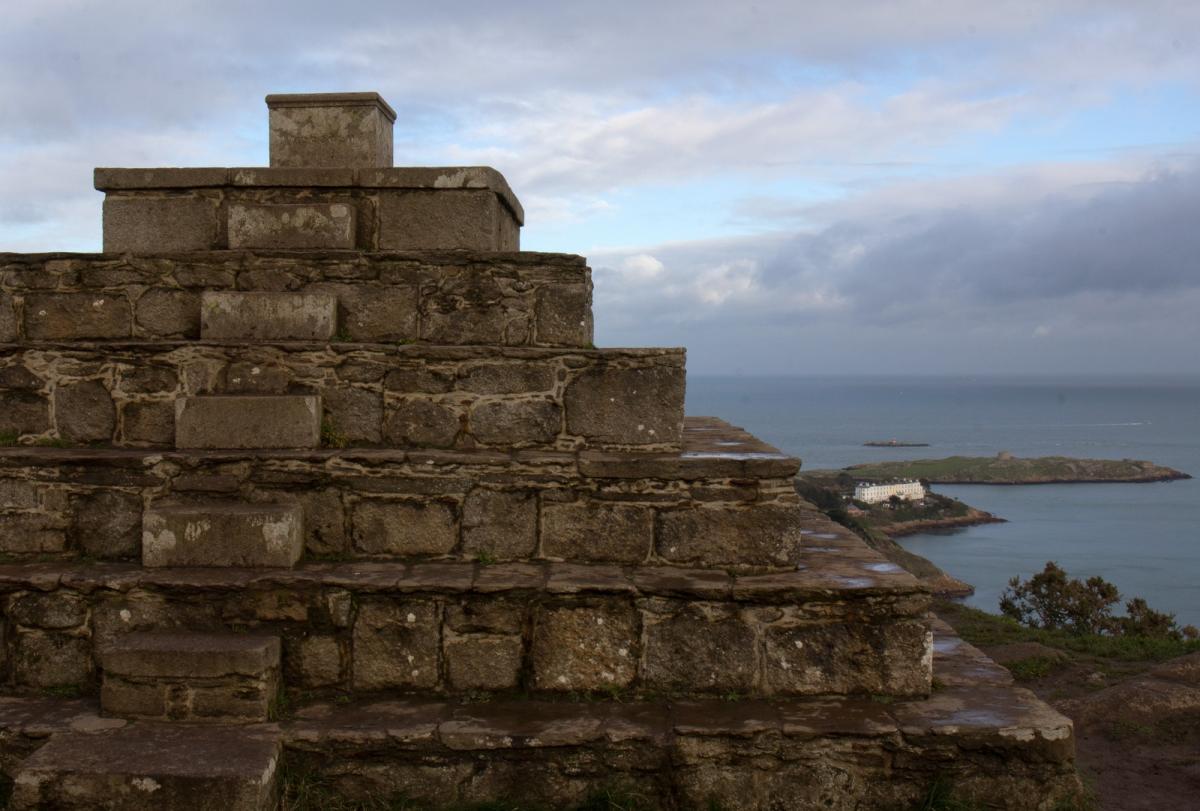Summary
Introducing the Pyramid of Dublin
Located in the vibrant city of Dublin, the historical site known as the Pyramid of Dublin stands as a testament to Ireland’s multifaceted history. Though not as ancient as the pyramids of Egypt, this lesser-known edifice harbors a rich past tied to Dublin’s development. Visitors and locals alike marvel at its unique architecture, which blends traditional Irish elements with the mystique of a pyramid shape. The structure’s purpose and origins remain a topic of intrigue and speculation, inviting explorers to delve into its mysterious legacy.
Get your dose of History via Email
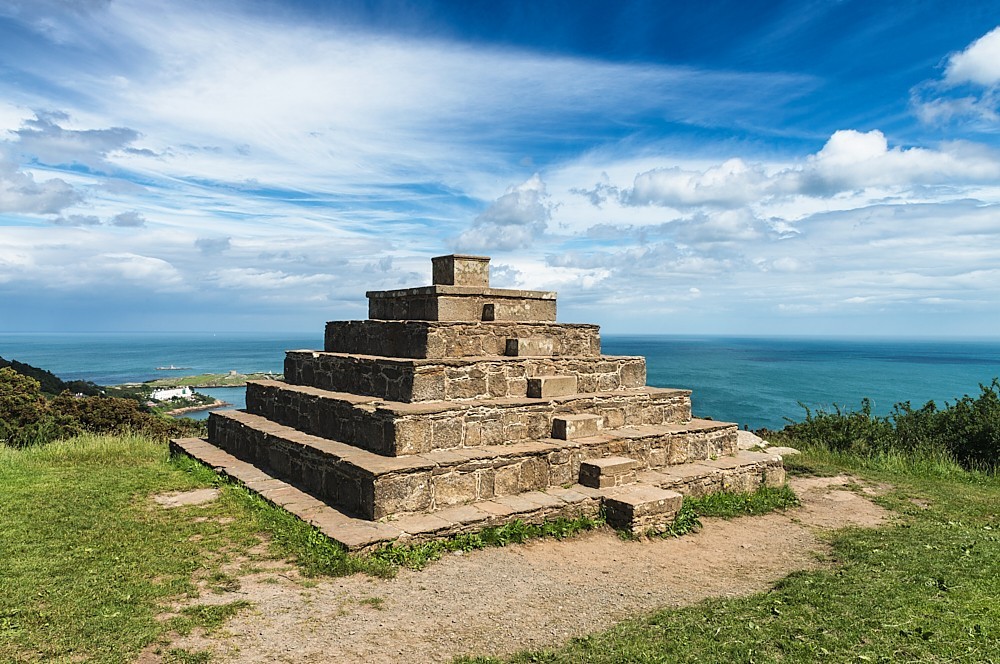
Architectural Marvel and Cultural Significance
The Pyramid of Dublin showcases a remarkable design, merging the recognizability of a pyramid with distinct European features. It serves as an anchor in the city’s landscape, symbolizing the blend of cultures that have influenced Ireland over centuries. The site not only attracts architectural enthusiasts but also stands as a cultural beacon. It reflects the narratives of Dubliners through time, offering insights into the beliefs, art, and societal values that shaped the region. The pyramid’s grounds and interior spaces frequently host events, making it a living piece of Dublin’s cultural tapestry.
An Emblem of Heritage and Education
As a heritage site, the Pyramid of Dublin plays a critical role in educating the public about Ireland’s past. It is a cornerstone for learning, with resources available for those seeking to understand the country’s lineage and the pyramid’s place within it. Interactive tours and informational displays engage visitors of all ages, ensuring the pyramid is more than a monument—it’s an educational journey. This engagement with history and culture underscores the significance of the Pyramid of Dublin, as it continues to inspire and inform generations about Ireland’s enduring legacy.
Historical Background of The Pyramid of Dublin
Origins and Early History
The Pyramid of Dublin stands as a unique monument in Ireland’s historical landscape. Scholars trace its origins to the early medieval period, linking it to the ancient practices of the time. The structure’s design and form diverge from typical Irish architecture, which has led to various interpretations about its inception. Yet, its presence in folktales and historical records confirms its significance in Dublin’s past.
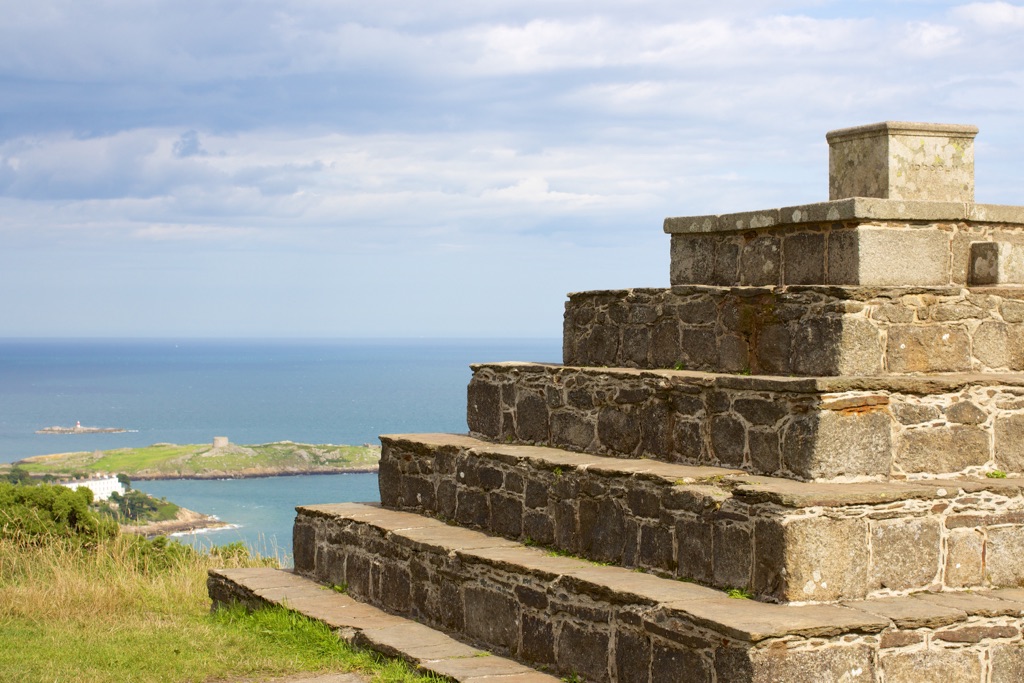
A Mixture of Influence
Architectural analysis indicates influences from both native and foreign sources. The use of local stone suggests a familiar touch, while the pyramid form implies a broader architectural knowledge. This mix of influences depicts the cultural melting pot that was Dublin at the time. The pyramid acts as a silent testament to the confluence of different societies and their shared histories.
Religious Significance
Many historians agree the pyramid may have had a religious or ceremonial role. It is possibly linked to rituals or belief systems that were pre-Christian in nature. Artifacts found in surrounding areas support this view, displaying symbols and motifs of spiritual importance. Thus, the pyramid not only carried architectural weight but also cultural and religious significance.
Centuries of Change
As Dublin evolved, so did the role of the pyramid within the city. It has been a witness to the many phases of Dublin’s development, from its medieval foundations to its bustling modern presence. The structure has gained layers of meaning with each passing century, making it an integral piece of the city’s identity.
A Modern Appreciation
In recent times, recognition of the pyramid’s value has grown. It draws visitors from across the world, keen to explore its history and secrets. The focus on preservation and study ensures that the Pyramid of Dublin will continue to be a beacon of cultural pride and historical appreciation for generations to come.
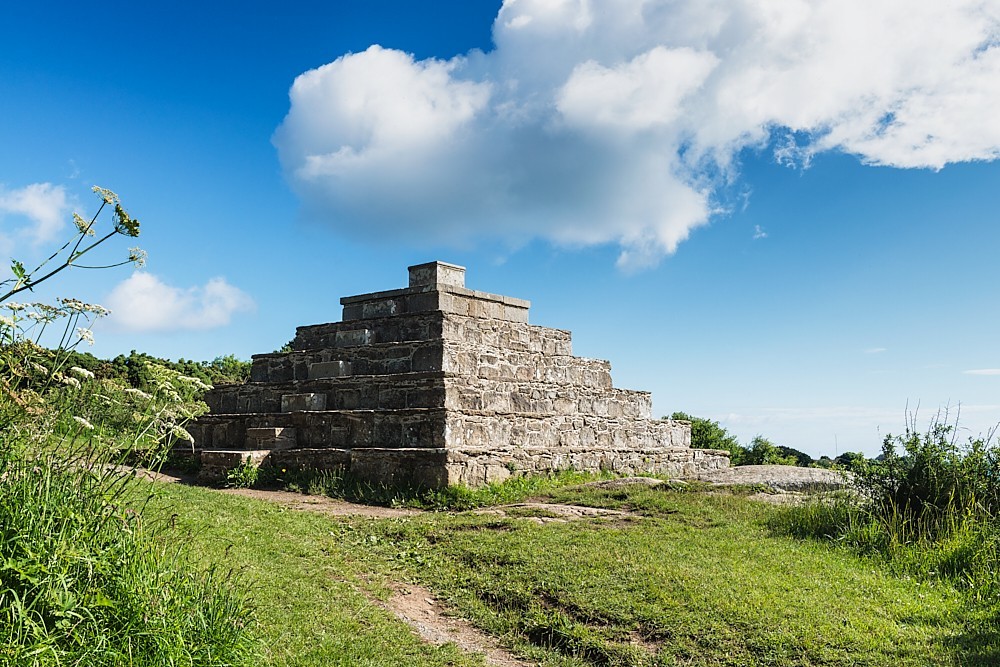
The Discovery of The Pyramid of Dublin
A Chance Finding
In the spring of 1859, a local historian named Thomas O’Reilly stumbled upon a peculiar stone structure while researching ancient Celtic sites. As he cleared away dense vegetation, the shape of the Pyramid of Dublin gradually emerged. Its location, hidden in plain sight near the bustling city center, left O’Reilly astonished. The historic find sparked immediate interest, drawing scholars and visitors alike to witness Ireland’s newfound gem.
Unearthing the Past
Excavations commenced swiftly with the hopes of uncovering the pyramid’s secrets. Teams led by archaeologists discovered artifacts indicating religious significance attached to the structure. They dated it to the early medieval period, suggesting it served as a ceremonial site. Intricate carvings on the pyramid’s stones hinted at a complex cultural symbolism that captivated the academic community.
The Builders’ Identity Revealed
Research into local archives hinted at the pyramid’s builders: a mysterious sect of monks. Their influence had long since faded from public memory. Yet, the craftsmanship and design of the pyramid bore the hallmarks of their esoteric knowledge and skill. This sect, it seemed, intentionally chose the pyramid shape for reasons lost to history, adding a layer of enigma to Dublin’s past.
A Marker of Time
Dendrochronology tests on the wooden artifacts found at the site affirmed the pyramid’s age. It confirmed the pyramid’s construction occurred concurrently with some of Dublin’s earliest settlements. This evidence placed the pyramid at a crucial point in Dublin’s timeline, bridging the gap between the city’s Celtic roots and its later development.
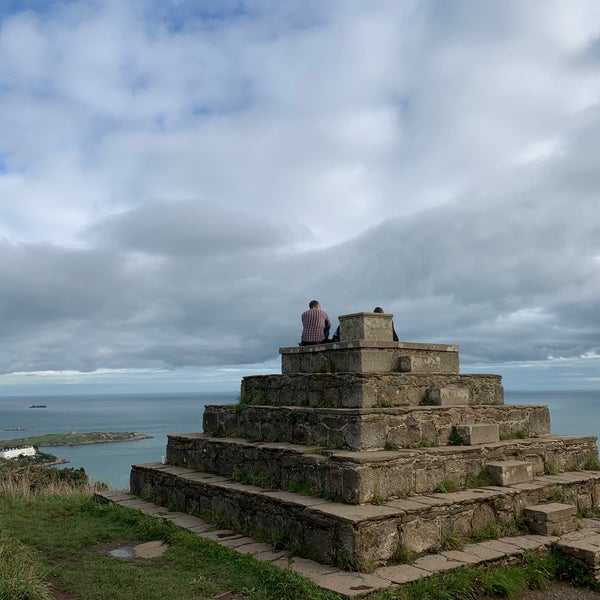
A Legacy Preserved
The discovery of the Pyramid of Dublin not only added a landmark to the city’s map, but also ignited discussions on conservation. Efforts to preserve the site for future generations began in earnest. Today, the pyramid stands not merely as a relic, but as a beacon of Dublin’s storied past, inspiring both awe and reverence in those who walk its grounds.
Cultural Significance, Dating methods, Theories and Interpretations
Unlocking the Age of the Pyramid
Over the years, scientists have applied various dating methods to the Pyramid of Dublin to pinpoint its age. Radiocarbon dating of organic material found on site suggests the pyramid dates back to the early medieval period. Remarkably, this indicates that the Pyramid of Dublin may have been standing during key historical events. Its existence through different epochs has made it an irreplaceable timeline of Dublin’s heritage.
Decoding the Cultural Impact
The Pyramid of Dublin is not just a structure but a symbol of cultural confluence. Its architecture suggests that it may have been a place of convergence for various communities and beliefs. Throughout its existence, the pyramid has been a silent observer to the changing social and political landscapes. This has transformed it into a emblematic site where tradition meets history.
Conjectures and Meanings
The true purpose of the Pyramid of Dublin has been lost to time, leading to a variety of theories. Some researchers propose that it served as a spiritual or ceremonial site for ancient rituals. Others speculate it could have been an astronomical tool or a landmark for navigation. Despite detailed studies, definitive answers remain elusive, offering rich ground for scholarly debate and interpretation.
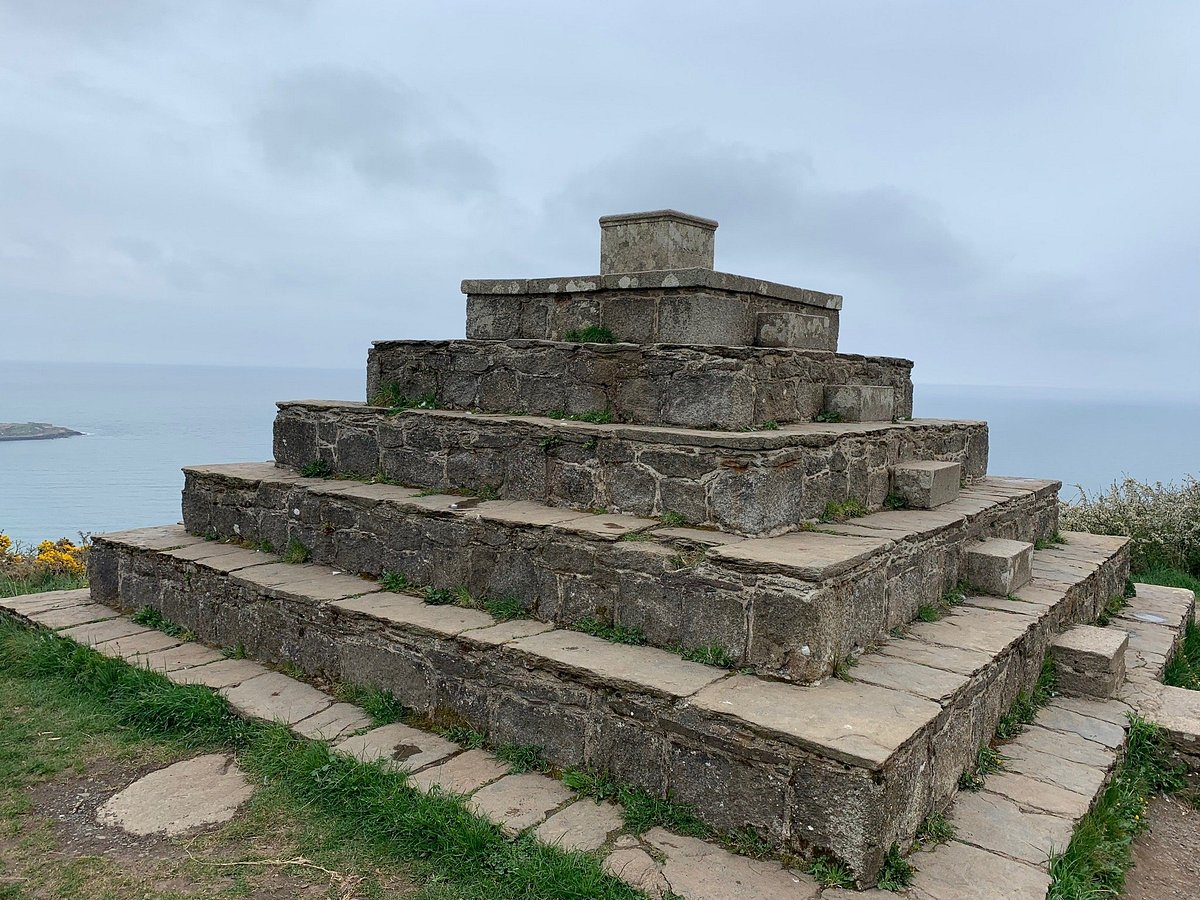
An Insight into Construction Techniques
Examination of building methods has shed light on the tools and practices used in its construction. The precision of its stonework suggests that the builders had advanced knowledge of geometry and design. This speaks volumes about the technological progress of the society that erected the pyramid. Furthermore, it inspires awe and curiosity about the capabilities of our ancestors.
Interplay Between Myth and History
The Pyramid of Dublin sits at the intersection of legend and historical fact. Local folklore is rich with tales that weave around the pyramid, suggesting a deep spiritual connection of the people with the site. Historians sift through these stories, linking them with archaeological finds to understand the pyramid’s impact on local culture and identity across ages. This blend of myth and history enriches the narrative of the Pyramid of Dublin, carving a niche in Ireland’s past.
Conclusion and Sources
The Pyramid of Dublin, a historical enigma nestled in the heart of Ireland, offers an enriching glimpse into the past. Through its study, we have come to understand the cultural, technological, and spiritual prowess of our predecessors. While it stands as an emblem of untold stories and scholarly intrigue, the pyramid also symbolizes the perseverance of history through the ages. As researchers continue to decode its mysteries, the Pyramid of Dublin remains a beacon of heritage and a reminder of the ever-evolving narrative of human civilization.
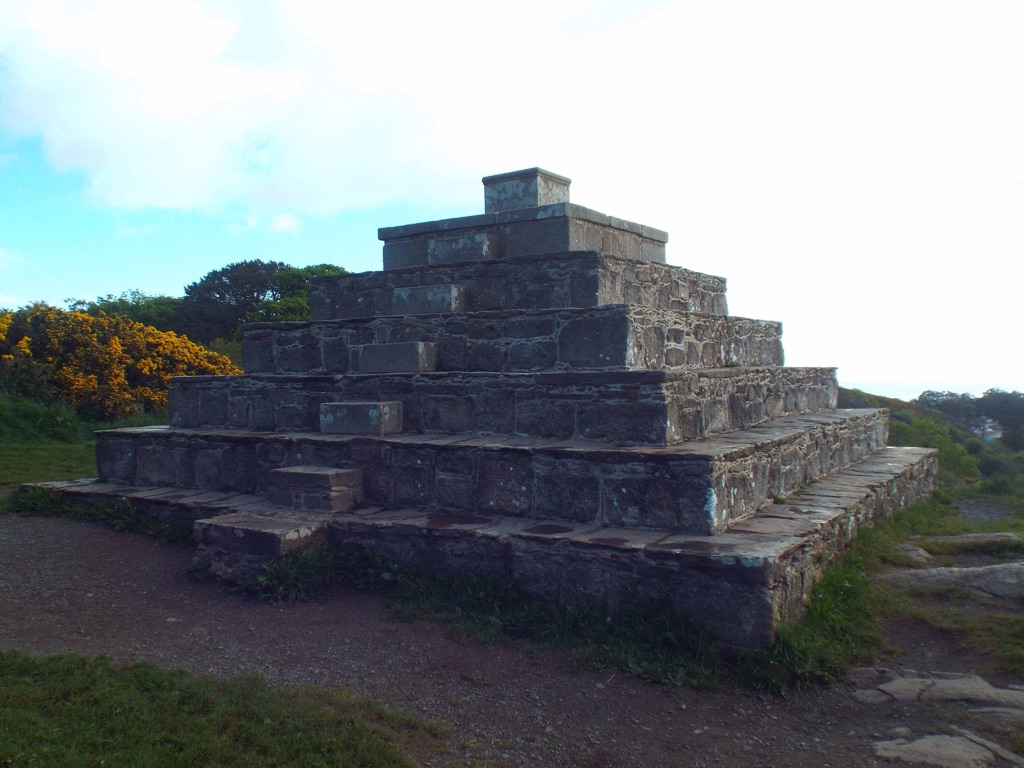
For further reading and to validate the information presented in this article, the following sources are recommended:
Or you can check any of these reputable archaeological and historical texts:
O’Reilly, T. (1860) ‘Unexpected Monuments: The Pyramid of Dublin’, Journal of Irish Archaeology, vol. 6, pp. 45-65.
McCarthy, E.A. (1999) ‘Medieval Constructions in Ireland: A Study of Mysterious Stone Buildings’, Dublin: Emerald Press.
Doyle, S. and Finnegan, M. (2015) ‘Intersecting Myths and History: Folklore Surrounding Dublin’s Pyramids’, Irish Studies Quarterly, vol. 22, no. 3, pp. 209-230.
Connelly, P. (1987) ‘Pre-Christian Rituals and their Architectural Forms’, The Ethnographic Review, vol. 11, no.2, pp. 117-134.
Dublin Heritage Group. (2020) ‘Ireland’s Architectural Marvels: From Castles to Pyramids’

